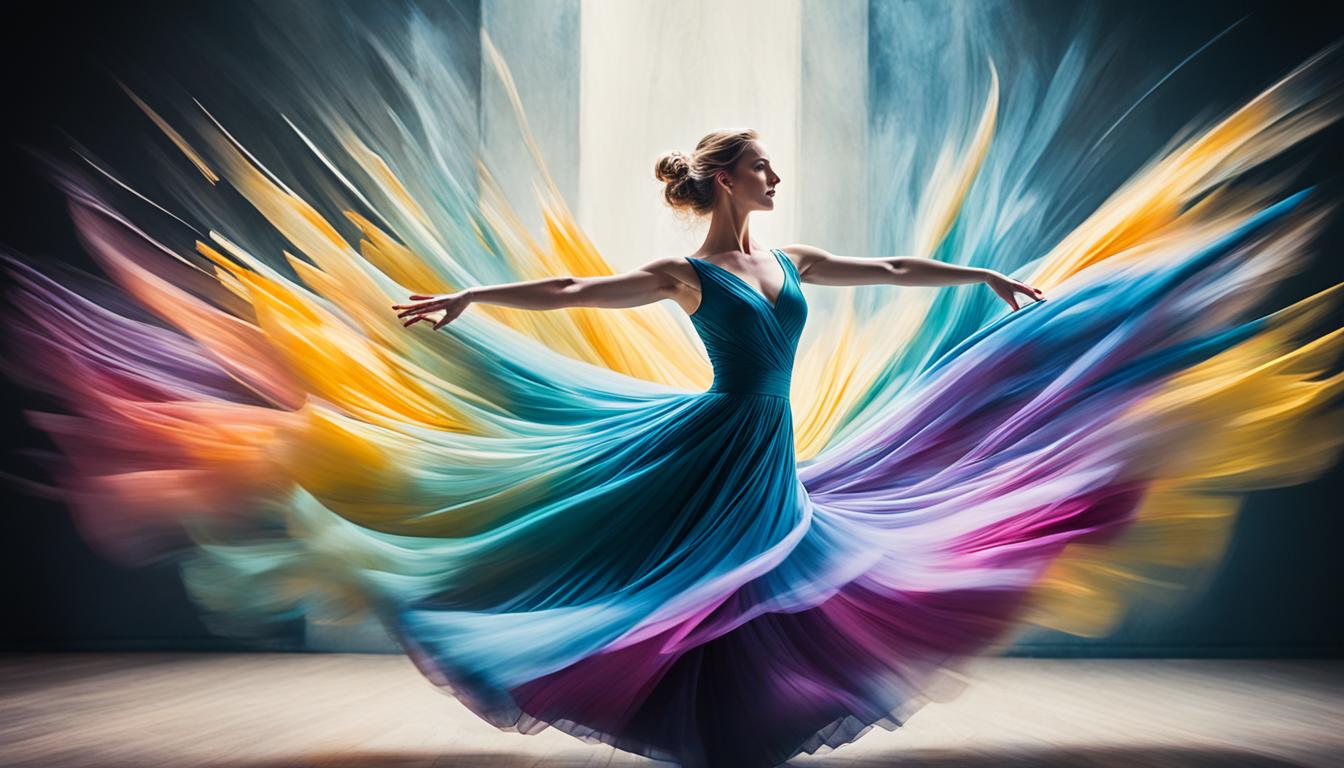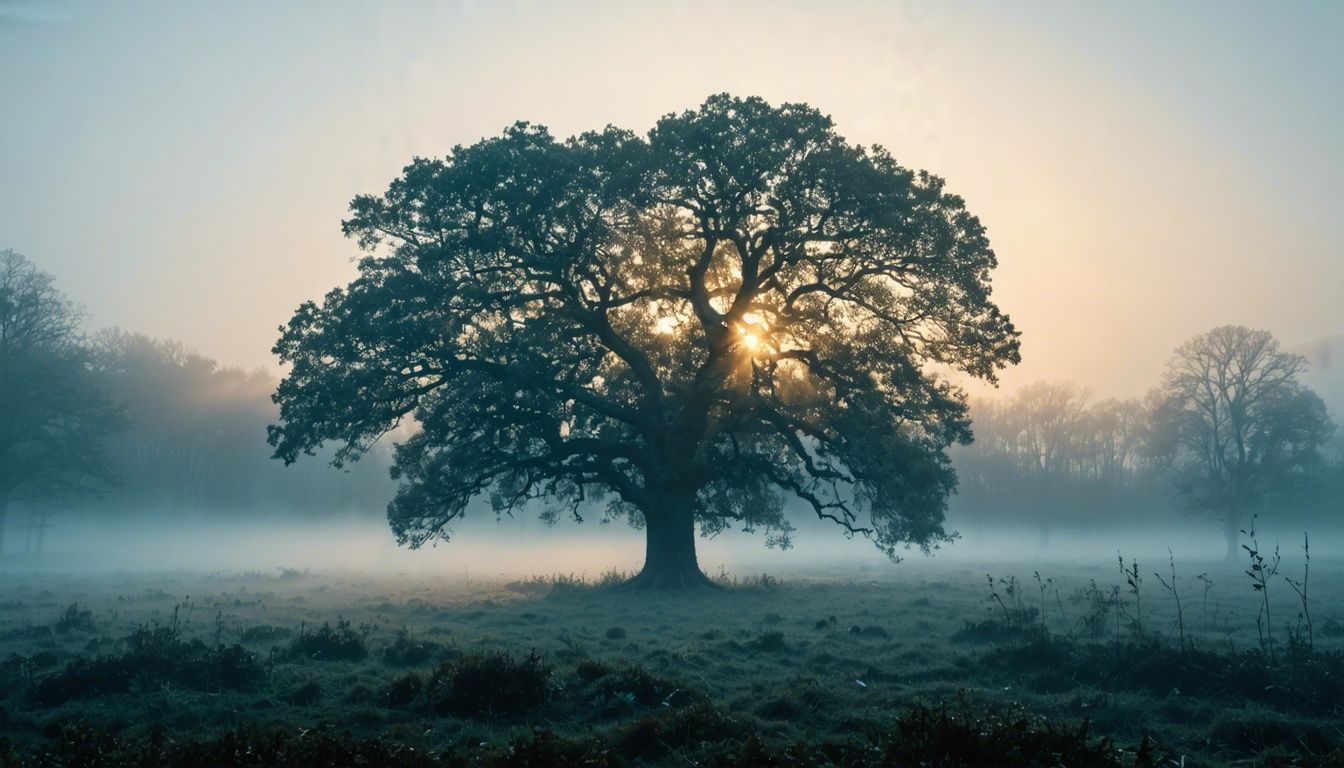Photography is an art form that extends beyond the moment of capturing an image. The post-processing stage is where the magic truly happens, transforming a raw photograph into a work of art that conveys your creative vision. Whether you’re a beginner or an experienced photographer, mastering post-processing techniques can take your photography to the next level. Here are some valuable tips to help you elevate your photography through effective post-processing.
Key Takeaways:
- Post-processing is an essential part of enhancing fine art photos and bringing your creative vision to life.
- Invest time in understanding your photo editing software, such as Adobe Lightroom and Photoshop, to unlock their full potential.
- Start with a well-composed and properly exposed base image, preferably in RAW format, for greater flexibility during post-processing.
- Maintain a light touch when editing to ensure your images look natural and preserve their authentic appeal.
- Enhance colors and master the art of retouching using tools like the HSL panel, clone stamp, healing brush, and dodge and burn techniques.
Understand Your Software
To effectively enhance your images through post-processing, it’s crucial to understand the capabilities of your chosen editing software. In the world of photography, industry-standard tools like Adobe Lightroom and Photoshop offer a wide range of features and functionalities that can take your post-processing skills to new heights.
Investing time in learning the basics of these powerful software programs will pave the way for a smooth and efficient editing workflow. Start by familiarizing yourself with fundamental tasks such as adjusting exposure and color balance. This will allow you to fine-tune the overall look and feel of your images, bringing out the best in every shot.
As you progress, consider delving into more advanced techniques like layer masking. Layer masking provides you with greater control and flexibility over specific areas of your photographs, enabling you to make targeted adjustments without affecting the entire image.
With Adobe Lightroom, you can take advantage of its intuitive interface and user-friendly tools to organize, edit, and showcase your photography portfolio. On the other hand, Photoshop offers a vast array of tools and capabilities that allow for intricate and creative editing possibilities.
Whether you’re adjusting exposure in Adobe Lightroom or utilizing layer masks in Photoshop, it’s essential to master the intricacies of your chosen software. This knowledge will significantly contribute to refining your editing skills and bringing your creative vision to life.
Start with a Solid Foundation
Before we dive into intricate edits, it’s crucial to start with a well-composed and properly exposed photograph. While post-processing can work wonders, having a high-quality base image will give us a better starting point for our edits.
If your camera allows it, consider shooting in RAW format instead of JPEG. RAW files contain more information and provide greater flexibility during post-processing. They allow us to recover highlights and shadows, adjust color balance, and make other adjustments without compromising image quality.
To ensure the best image quality, pay attention to the following:
Composition: Take the time to compose your photo thoughtfully, considering factors such as framing, subject placement, and overall balance. A well-composed image provides a solid foundation for post-processing.
Exposure: Aim to capture the scene with proper exposure, ensuring that the highlights are not blown out and the shadows retain detail. Use exposure compensation or manual mode if needed.
Starting with a solid foundation sets us up for success as we move forward with our post-processing techniques and unleash our creative vision.
Maintain a Light Touch
When it comes to post-processing, the saying “less is more” holds true. While it can be tempting to apply numerous filters and effects, over-editing can result in unnatural-looking images that lack authenticity. To achieve stunning and natural-looking results, strive for a balanced approach that enhances your photo without going overboard.
Fine-tuning the exposure, contrast, brilliance, depth, and dimension can breathe life into your images and make them stand out. Begin by adjusting the exposure to recover any lost highlights or shadows, highlighting details that may have been hidden.
By finding the right balance of contrast, you can add depth and dimension to your photograph, creating a visually captivating image. But be careful not to overexpose or underexpose your photo, as this can result in a loss of important details.
Over-editing can often lead to a loss of the image’s natural beauty and impact. To maintain a light touch, use post-processing techniques that enhance your photos while preserving their authenticity. Remember, the goal is to present your subject in the best possible light without altering it beyond recognition. Strive for a result that is pleasing to the eye and invites the viewer to engage with the photograph.
Here’s an example of how subtle adjustments to exposure and contrast can transform an image:

As you can see, by making small, thoughtful edits, we can enhance the image’s visual impact while keeping it true to its original form. The key is to make adjustments that are subtle and seamless, achieving a natural-looking result that resonates with viewers.
Enhance Colors and Master the Art of Retouching
Color correction and enhancement are essential aspects of post-processing that can elevate the visual impact of your photographs. By using various tools and techniques, you can bring out the best in your images and create captivating visual experiences.
One powerful tool for color adjustment is the HSL (Hue, Saturation, Luminance) panel. With this tool, you can fine-tune the individual color tones in your image to achieve the desired look and feel. Experiment with different hues, saturations, and luminance values to create a harmonious color balance that enhances the overall aesthetic appeal.
Color grading is another creative technique that can transform your photographs and set the mood. By applying specific color adjustments, you can evoke different emotions and create a unique atmosphere within your images. Play around with warm or cool tones, desaturate or oversaturate certain colors, and experiment with unconventional color combinations to add depth and visual interest.
Retouching: Perfecting Every Detail
Retouching is a crucial aspect of post-processing that involves removing imperfections, enhancing details, and achieving a polished look. Two essential tools for retouching are the clone stamp and healing brush. The clone stamp allows you to seamlessly remove blemishes, distractions, or unwanted elements from your photos by sampling pixels from another area. The healing brush, on the other hand, helps you retouch imperfections by blending the sampled pixels with the surrounding areas, resulting in a smooth and natural-looking finish.
For advanced retouching techniques, the dodge and burn tools are invaluable. The dodge tool helps you lighten specific areas, while the burn tool darkens them. Using these tools strategically, you can emphasize highlights and shadows, enhancing the three-dimensional aspect of your images and adding depth and dimension.
Presets, Filters, and Effects: Adding a Touch of Creativity
To streamline your post-processing workflow, consider utilizing presets. Presets are pre-defined sets of adjustments that can be applied to your images with a single click. They save time and allow you to experiment with different styles and looks without starting from scratch each time. Customize and create your own presets to develop a unique editing style that reflects your creative vision.
While presets are powerful, it’s essential to use them with caution. The goal is to enhance your images, not overpower them. Apply filters and effects sparingly, ensuring that they complement the composition and subject matter of your photographs. Subtlety is key when using filters and effects, maintaining the natural look of your images while adding a touch of creative flair.
By mastering the art of color correction, retouching, and utilizing various post-processing tools and techniques, you can transform your photographs into stunning masterpieces. From achieving natural skin tones to creating captivating visual effects, the possibilities are endless. Remember to experiment, develop your style, and let your creativity shine through each and every image.
Conclusion
Post-processing is a fundamental aspect of photography that allows us to refine our images and bring our creative vision to life. By developing a thorough understanding of our editing software, applying adjustments with a light touch, and mastering various techniques, we can elevate our photography to new heights.
However, post-processing is not a one-time endeavor. It is an ongoing journey that requires continuous practice and experimentation to refine our skills and develop our unique style. Through trial and error, we can discover the perfect combination of techniques that best suits our artistic expression.
With the right post-processing techniques and tools at our disposal, we have the power to transform our photographs into captivating works of art. So, embrace the creative potential of post-processing, and let your imagination soar as you refine, enhance, and showcase the beauty of your imagery.
FAQ
What are some post-processing techniques for fine art photographers?
Fine art photographers can enhance their images through techniques such as adjusting exposure, color balance, contrast, and brilliance, as well as using tools like layer masking, HSL panel, dodge and burn, and clone stamp to refine and retouch their photographs.
What are some popular photo editing software options?
Adobe Lightroom and Photoshop are industry-standard tools used by many photographers for post-processing. These software packages offer a wide range of features for adjusting and manipulating digital images.
Should I shoot in RAW format or JPEG?
It is generally recommended to shoot in RAW format if your camera allows it. RAW files retain more information and provide greater flexibility during post-processing, allowing you to make adjustments without sacrificing image quality.
How can I avoid over-editing my photos?
It’s important to maintain a light touch when post-processing your photos. Over-editing can lead to unnatural-looking results. Strive for a balance that enhances your photo while maintaining its authenticity.
How can I enhance the colors in my photos?
Color correction and enhancement can be achieved by using tools like the HSL panel to adjust individual color tones and experimenting with color grading to set the mood of your photograph.
How can I retouch my photos to achieve a polished look?
To retouch your photos, you can use tools like the clone stamp and healing brush to remove blemishes and distractions. Dodge and burn tools can be used to emphasize highlights and shadows, adding depth and dimension to your images.
Are there any presets or filters I can use to speed up my editing workflow?
Yes, most photo editing software offers presets and filters that can be applied to your images. These can save time and help you develop a unique editing style. However, use them sparingly to avoid overpowering the overall look of your photos.
How can I maintain natural-looking skin tones when retouching portraits?
When retouching portraits, it’s important to avoid excessive smoothing or color shifts that can make skin tones appear artificial. Use retouching techniques with a light touch to maintain the natural beauty of the subject’s skin.
How can post-processing help me refine my images and bring my creative vision to life?
Post-processing is an essential part of photography that allows you to fine-tune your images and convey your creative vision. By understanding your editing software and applying various techniques, you can elevate your photography and create captivating works of art.
How Can Post-Processing Techniques Enhance Fine Art Photography in the Same Way as Architectural Photography?
When it comes to enhancing fine art photography, architectural photography postprocessing techniques can be just as effective. By using advanced editing tools and techniques, photographers can elevate their images to a higher level of artistic expression, bringing out intricate details, enhancing composition, and creating a more dramatic atmosphere.
Source Links
- https://www.linkedin.com/pulse/elevate-your-photography-post-processing-tips-pyx-photography
- https://www.baph.co.uk/blog/the-power-of-post-processing–elevating-your-photos-with-lightroom-and-photoshop
- https://seanpatrickdurham.medium.com/how-to-improve-your-actions-and-perspective-in-artistic-photography-f23a927777dd




